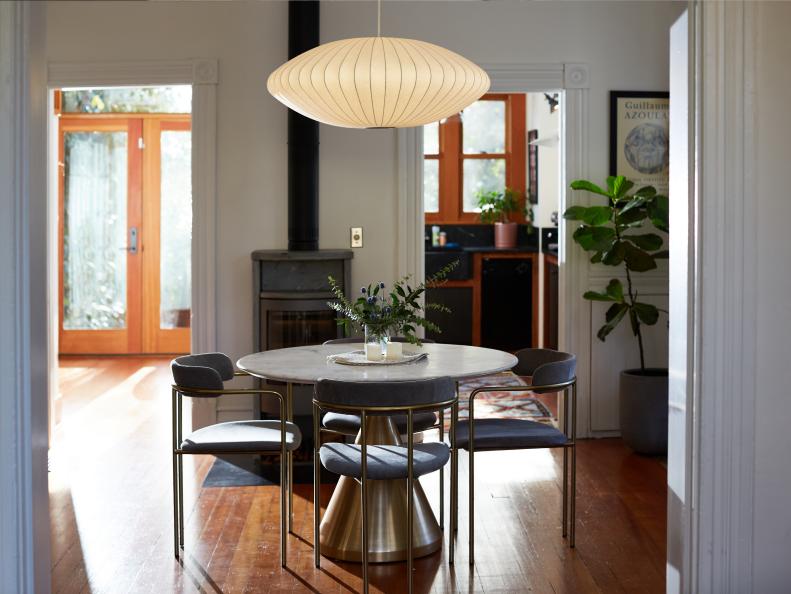1 / 12
Photo: Leesa Morales
Change Your Surroundings, Change Your Mind
Use your environment to help lighten your mood, increase your productivity and bring moments of joy to your everyday life. Take a look at these 10 approachable, expert-approved and research-backed home and office-friendly tips for inspiration on how to get started.









